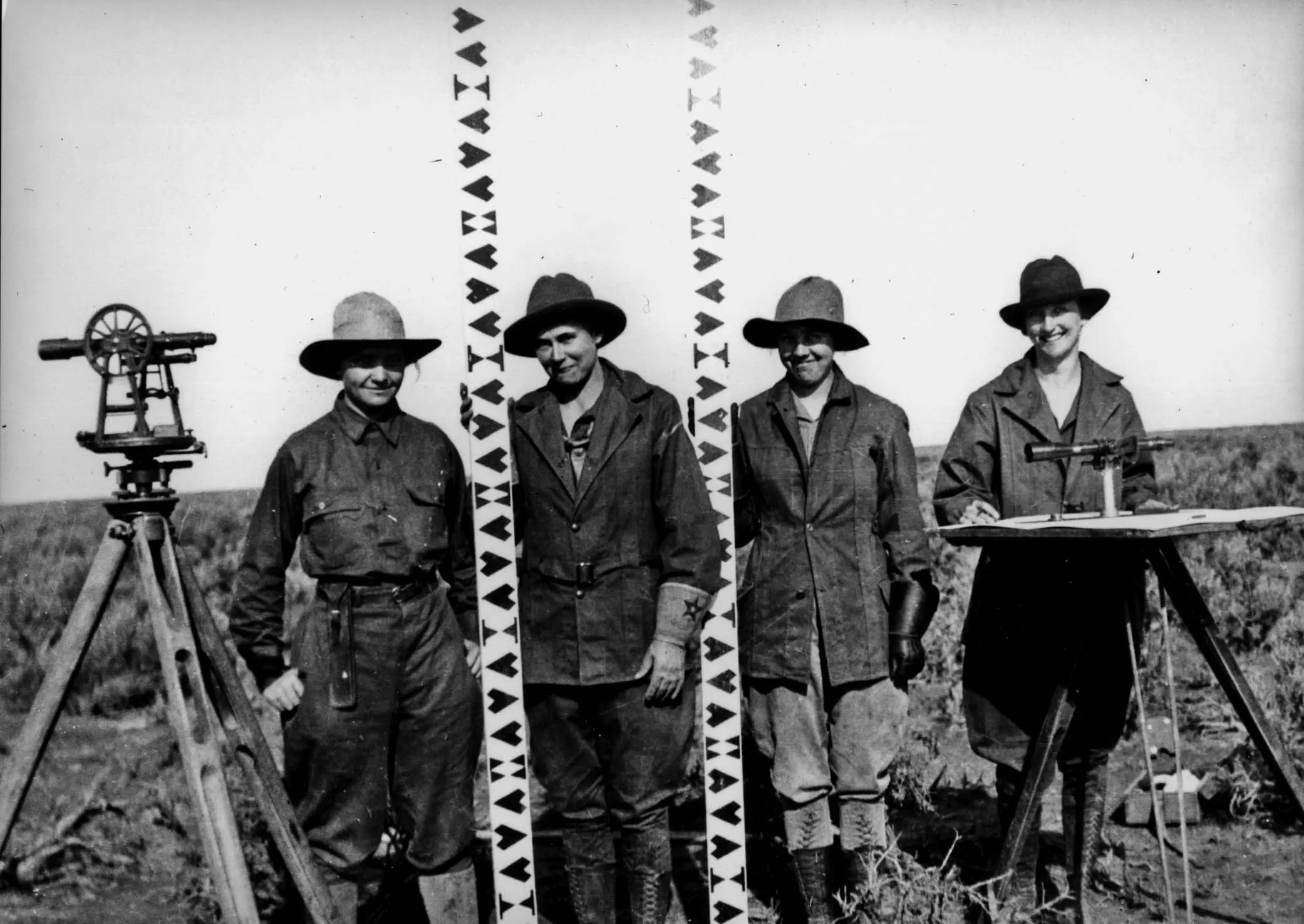How Do your Comms Stack Up? Many Ask, but Few Find Out
Use these five steps to benchmark your communications, internal or external
Want to know how your communication program stacks up against the best? Against other teams in your own company? Against a key competitor? Against the best in a different industry?
Yes, yes, yes and yes! Those are the answers I get from the majority of my clients and those who participate in my strategic communications workshops. But I have yet to meet more than a handful of communication professionals who use benchmarking.
With learning by sharing information at its core, benchmarking is a business improvement tool. It’s more than casually calling on others or touring and documenting another company’s facilities or processes. Benchmarking done right allows you to measure your performance and processes against the best practices of others. You’ll uncover why and how these organizations achieve their performance levels. The goal: Use the information to improve your own efforts and performance.
My first benchmarking experience was 25-plus years ago with Singapore Airlines, when I was a communications professional for Motorola. (It’s hard to believe now that any airline would be renowned for its customer service!) Yet we gained major insights from the airline’s customer service, training and communications functions. The project allowed us to look at our work through a different lens, streamline our processes and better serve our customers, which in Motorola’s case was our employees.
Benchmarking Done Right
Whether it’s external or internal communications, there is a systematic and structured approach to benchmarking which should include five phases:
1. Planning. Determine what to benchmark by looking at different opportunities and prioritizing them. What processes and programs are critical to company success? Where is the greatest potential for improvement? Can any of these processes be improved without benchmarking? Identify the organizations to benchmark.
Select or develop the most appropriate data collection techniques.
2. Information Gathering. Use research tools such as questionnaires, interviews and observation. Then collect and document the information gathered.
3. Analysis. Assess the strengths of the benchmark organization and compare your performance against it to determine performance gaps in processes. Identify the root causes that lead to these gaps.
4. Integration. Define goals based on data and develop a plan to narrow or eliminate the performance gaps between best practice and reality. Ensure that leadership and staff are committed and that the necessary resources are in place to succeed.
5. Action. Start making changes. Monitor action plans by evaluating progress made, reiterating the positive impact of the changes and making any necessary adjustments.
What to Benchmark
Whether you choose to benchmark internal or external communications, there are many areas to consider for comparison and improvement. Here’s a sampling:
- Structural Models
- Staffing Levels
- Investment Levels
- Strategic Planning Process
- Editorial Planning Process
- Channels or Tools (usage frequencies and preferences)
- Approaches to Reaching Deskless Workers
- Measurement (performance indicators used, and planning, data collection and reporting processes)
Reap the Rewards
Create a culture of continuous improvement. Benchmarking sends a signal to others that you are willing to embrace change and continuously learn and improve in a proactive manner.
- Learn what is possible. Expand your understanding of your processes and programs by looking at how others deliver value to their customers.
- Break down internal barriers. If you are struggling to communicate value, benchmarking is a way to articulate strengths and address areas for improvement. It’s also a great tool to convince others that risk can be mitigated when undertaking new initiatives.
- Create new best practices. Learn which activities are critical and which strategies work and don’t work. Comparing similar processes and programs in different organizations and for different customers is very telling.
- Prepare to innovate. As you broaden your understanding of how processes and programs work, even if changes are not adopted, the increased knowledge serves as fuel for innovation.
- Reduce costs and increase efficiency. Cutting out waste in your processes, reducing costs or lessening time and effort will streamline your operations and help you demonstrate a positive impact on the bottom line.
- Build a positive reputation. Align with industry standards, then become the company setting those standards.
The time is now to start your benchmarking experience. After learning from the best, show your business strength by striving for continuous improvement, partnering to share information, maintaining a competitive edge, and adapting based on customer needs.
Julie Baron is an affiliate consultant with Consulting Group with 30 years of communication experience. Her expertise includes employee and leadership communications, global communications, training and public/media relations.
Contact our client team to learn more about how we can help you with your communications. Follow RCG on LinkedIn and subscribe to our weekly newsletter here.







